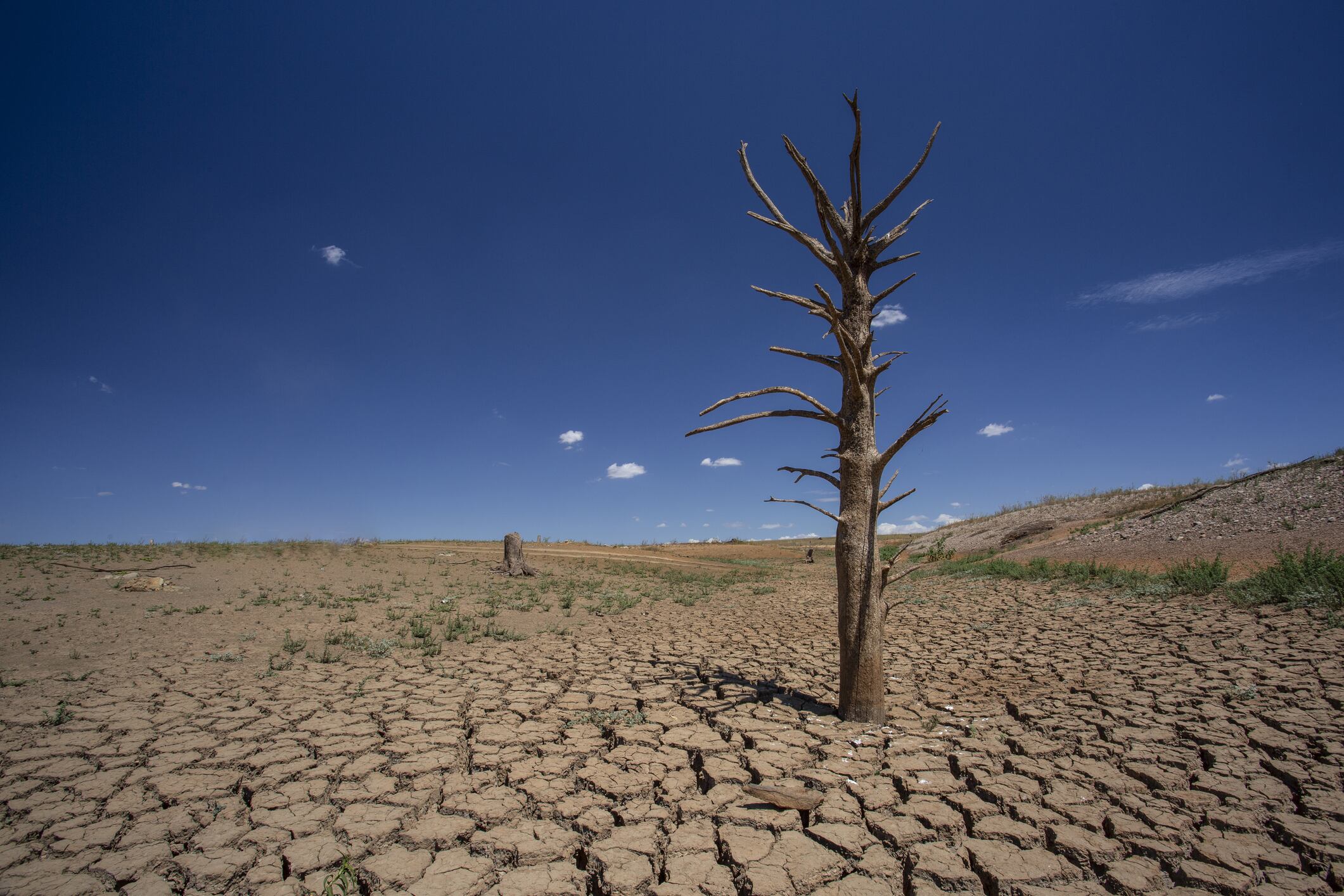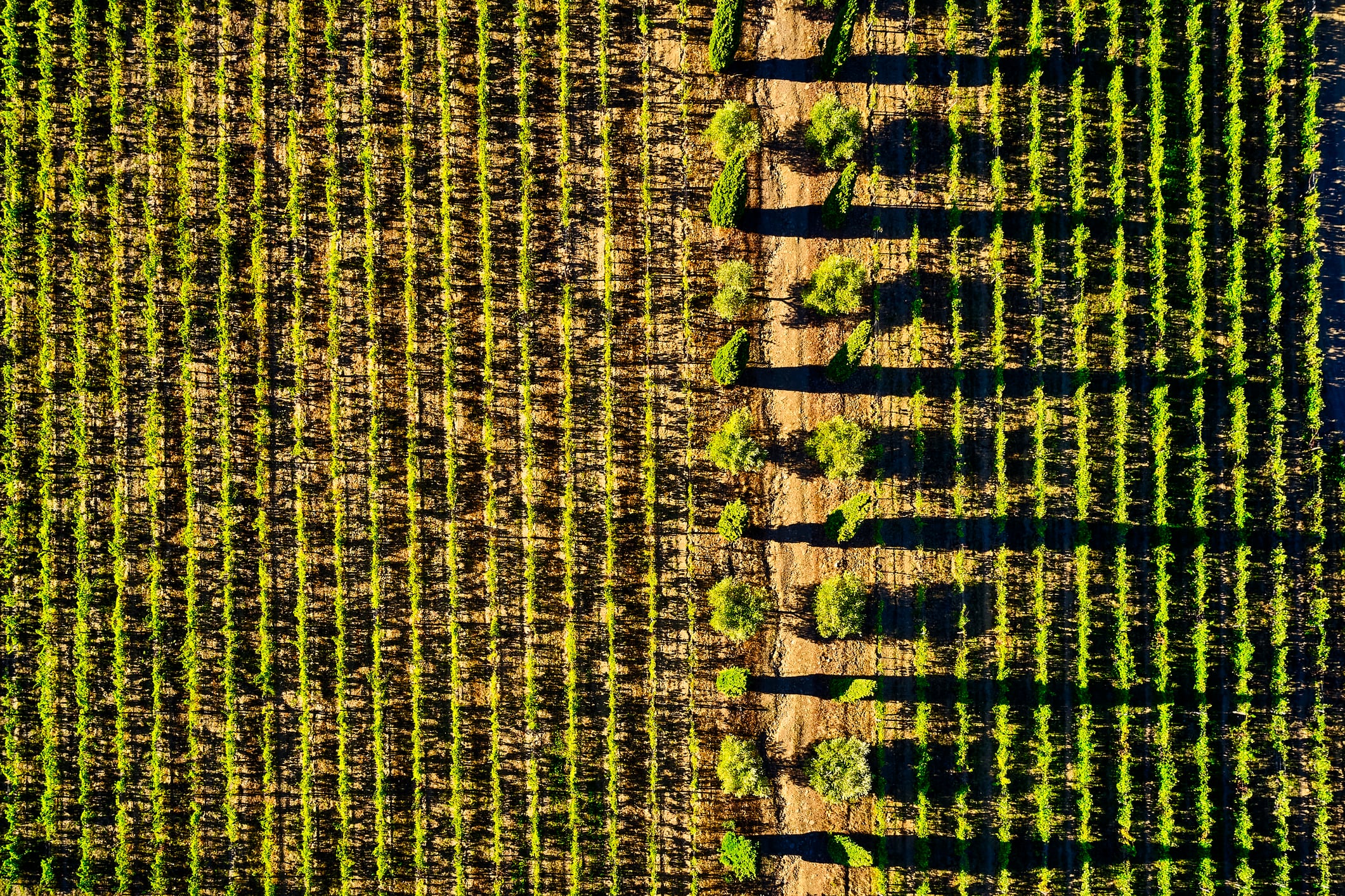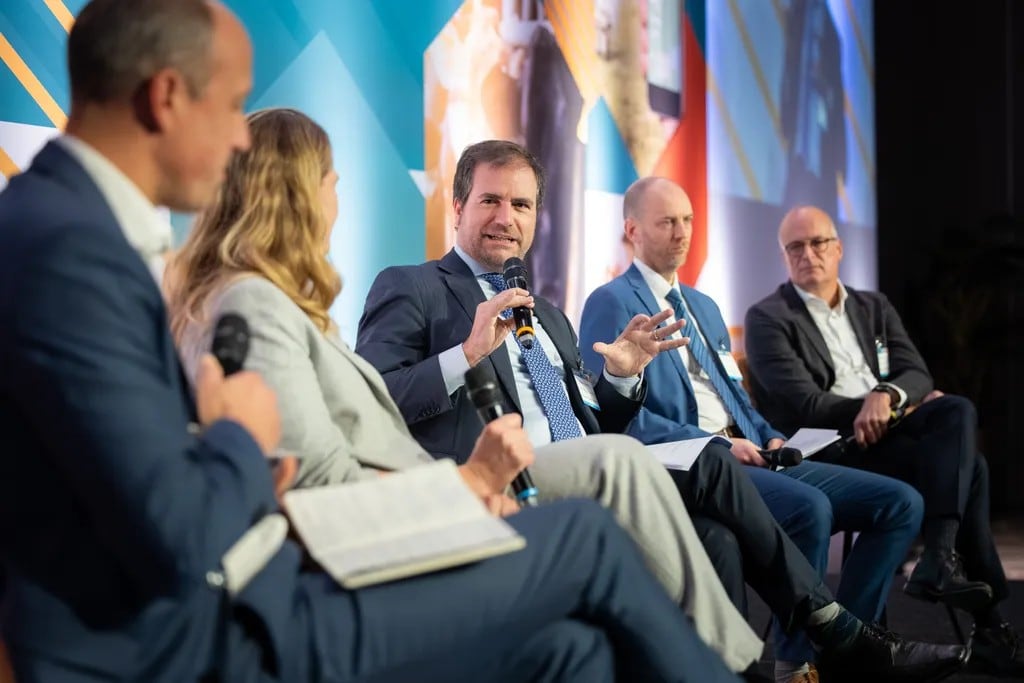Digital Matter began as a small engineering firm in South Africa. Today, it stands as a global leader in low-power IoT hardware, with over 2.5 million devices deployed across 130+ countries. Its sensors and GPS trackers are now integral to agricultural operations, offering real-time visibility of equipment, assets, and livestock – even in the harshest environments.
With expanded leadership, next-gen devices on the horizon, and a deepened presence in North America and Europe, the company is entering its most ambitious chapter yet.
25 years of IoT: Transformative milestones in IoT for agriculture
“Connected devices have become part of everyday operations,” says Barancourt. “Farmers can now see what’s happening with their equipment, environment, and livestock in real time and make more informed decisions.”
Key breakthroughs include: low-power connectivity enabling long-range data transmission; efficient hardware design making devices smaller and more affordable; and cloud-based analytics transforming raw data into actionable insights.
These advances have made it economically viable to deploy sensors across entire farms, increasing the “resolution and richness of agricultural data”, he notes.
Building the backbone of connected farming
Barancourt credits Digital Matter’s early focus on robust electronics and embedded systems for its success in the IoT space. “We saw a clear need for flexible IoT hardware solutions that could support a wide range of sensor inputs, because no two agricultural applications are the same,” he explains.
This led to the creation of the Hawk IoT Data Logger – a rugged, plug-and-play device designed for remote and harsh environments. It integrates with multiple sensor types to capture critical environmental and operational data, helping farmers and researchers make more sustainable decisions.
The company’s goal has always been to deliver long-lasting, dependable hardware solutions that simplify data collection, explains Barancourt, to “help agtech partners and producers move from reactive management to more proactive, data-driven farming”.
The next frontier: Smarter, leaner, and more autonomous IoT
Looking ahead, Barancourt sees a future where IoT devices use less energy while capturing richer, more frequent data; leverage satellite connectivity to close coverage gaps in remote regions; and integrate AI and edge computing to deliver real-time insights and autonomous decision-making.
Edge AI is an “exciting development” but still in its early days, he says. “We need to ensure that its benefits are outweighed by increased power consumption, higher costs, or reduced system reliability.” But with AI turning a growing stream of data into real-time insights and actions, Barancourt believes farmers will gain deeper visibility into key environmental factors. Water management will be a key focus. “It’s one of the industry’s biggest global challenges,” he notes.
The stakes are especially high in Digital Matter’s Australian headquarters. Here, recent cattle deaths during severe droughts have highlighted how devastating water shortages can be. But these outcomes are preventable, Barancourt believes. “A low-cost IoT device that alerts farmers to low water levels can mean the difference between resilience and catastrophic loss.”
Climate resilience: IoT as a lifeline in extreme conditions
IoT is helping farmers adapt to climate pressures by providing granular, real-time insights, he stresses. Examples include: irrigation alerts during droughts; heat stress monitoring for livestock; and weather-based planting strategies to avoid crop loss.

What farmers want: Practical solutions for real-world problems
Digital Matter is seeing strong demand for IoT solutions that address: soil moisture monitoring to optimize irrigation and conserve water; weather stations for precision spraying and crop protection; livestock and wildlife tracking to improve efficiency and security; and equipment and vehicle tracking for maintenance, safety, and driver behavior.
“Farmers are looking for reliable, low-maintenance hardware solutions that deliver clear, actionable data without adding operational complexity,” says Barancourt.
Priorities differ across regions, shaped by local challenges and resources. “In some areas the focus is on sustainability and compliance with environmental goals, while in others it is about improving efficiency, reducing waste, or managing scarce resources.”
Overcoming barriers: Cost, complexity, and collaboration
Despite its promise, IoT adoption faces barriers. The main hurdles are cost and complexity, Barancourt says. “The cost of the technology has to make sense relative to the value of the data it generates, which can limit where it’s practical to deploy,” he notes. “For example, the data from monitoring the water level in a trough can save long trips across a property and prevent downtime. Similarly, live weather station data can determine the right conditions for spraying fertiliser, directly impacting yields.”
There’s also the technical side – integrating sensors, connectivity, and data platforms can be challenging for those without IoT expertise. “It needs to be simple to deploy and maintain, which is why we work with experienced agtech partners who know the industry and the problems farmers are trying to solve. They help bridge that gap, tailoring complete solutions that make the technology accessible and effective in the field.”
Privacy and security are other concerns which the company is putting at the core of its approach. A combination of strong encryption, certification, and open APIs aim to ensure that farmers and agtech partners retain ownership and control of their data, while still benefiting from seamless, secure integration across systems, Barancourt explains.
Connectivity and infrastructure also vary widely, which impacts how and where IoT solutions can be deployed. As satellite services become more affordable and accessible, Barancourt predicts farmers will increasingly be able to rely on telco-grade connectivity delivered through satellite or cellular networks, rather than building and maintaining their own private LoRaWAN infrastructure.
Satellite and cellular networks provide extensive global coverage, including remote and rural areas where private LoRaWAN may not reach effectively. “These factors are why we design our IoT hardware to be flexible, with support for multiple connectivity types and a wide range of sensors,” he says. “It allows our partners to build solutions that fit local conditions and priorities, rather than forcing a one-size-fits-all approach.”
Scaling impact through strategic partnerships
“Our partners are central to what we do,” concludes Barancourt. Whether startups, governments, or agribusinesses, these collaborators bring deep industry knowledge and help translate real-world challenges into effective technology solutions.





